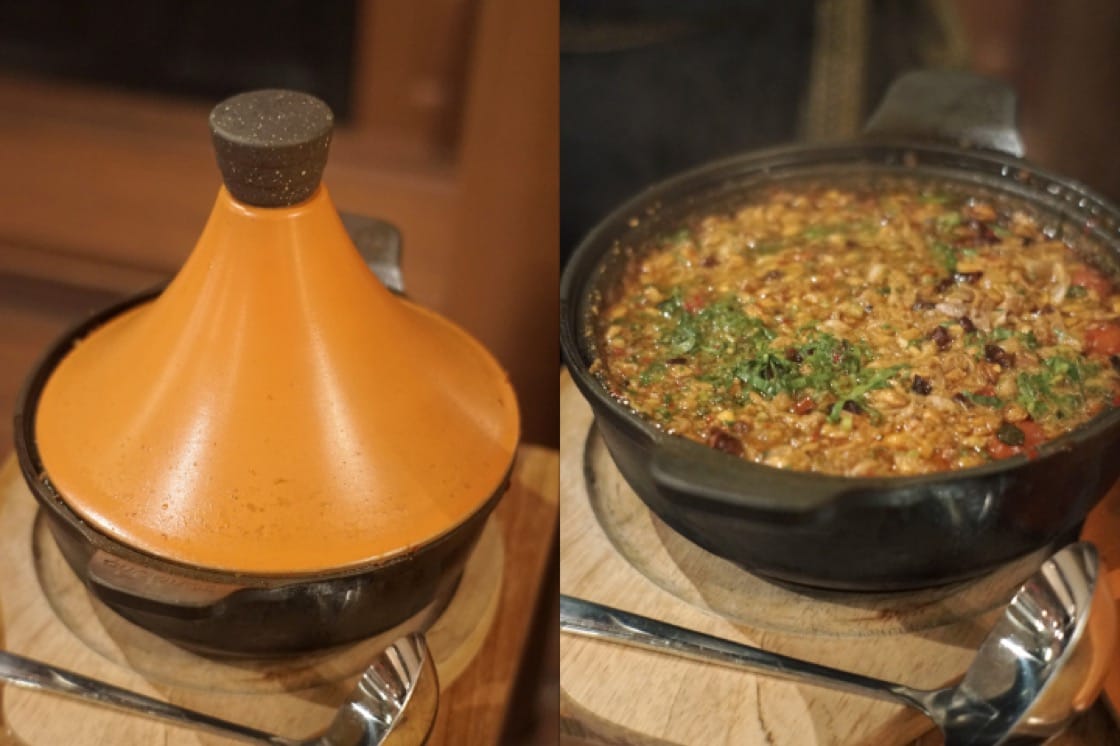

Many consider tom yam goong a national dish of Thailand and are familiar with the hot and sour broth flavoured with fresh lemongrass, kaffir lime leaf, galangal, lime juice, fish sauce and crushed chili peppers, usually made with prawns as the main ingredient. However, Chantrawan’s Tom Yum Plachon Bo-Larn is a deeper, richer, far more complex ancestor to the modern popularised version of the soup.
The three-page recipe was recorded in the 19th century by a Madam Somcheen who worked in the household of King Rama II, the second monarch of Siam under the Chakri dynasty, ruling from 1809 to 1824. Involving the preparation of many different components, the recipe called for a long list of ingredients, including wild-caught freshwater snakehead fish which costs about 800 Thai baht (S$33, HKD$195, NT$769) a kilogram, twice the price of salmon in Thailand.

The chef took about three weeks to test the recipe and convert ancient units of measurements to the modern metric system. “We’re talking about an extinct dish. I’d never tasted it before and no living person would have memory of what this dish tastes like,” says Chantrawan. “I recreated the dish from Madam Somcheen’s written recipe, but I had to use my own imagination to make adjustments as well.”
Served in a traditional clay tagine, Chantrawan’s Tom Yum Plachon Bo-Larn is a chunky deep red soup that hits all the flavours that characterise Thai cuisine: there’s sweetness that comes from starfruit juice, fresh mango and pickled garlic juice; spice and heat from fresh and dry chilies and the chef’s blend of nam phrik phao, a home-made chilli jam. The soup’s sour tang comes from various local citrus fruits like som sah, fresh lime and Thai calamansi, while burnt shallots, burnt tomatoes and smoked chilli jam lend an alluring smokiness. Instead of the fish sauce that is the main seasoning for most tom yum soups, Madam Somcheen’s recipe calls for sea salt. The addition of rice in the soup bulks up the dish and also sets it apart from its modern-day counterpart.

The Tom Yum Plachon Bo-Larn is served as a soup course, uncovered table-side and then portioned out for guests. The chunky red soup is as spicy as it looks, but the heat is matched by other riotous flavours of sweet, smoky and rich. It is not as sour as the more common tom yum goong. The broth is thick with white chunks of snakehead fish, crushed herbs, shallots and some rice such that it takes on a porridge-like consistency. The soup packs a punch and is best eaten with white jasmine rice, each serving individually steamed in tiny clay pots so that every grain is imbued with a floral fragrance.
The reputation of the chef's signature dish so far precedes him that most guests who come to Chim By Siam Wisdom, whether local or international, will order the Tom Yum Pla Chon Bo-Larn. "I don't mind that people recognise me for this dish. I'd say about 95% of people who've tried this have enjoyed it and because of it, get excited about my style of cooking and the rest of the dishes on the menu as well."
























